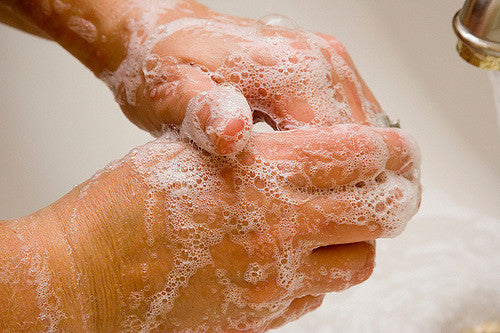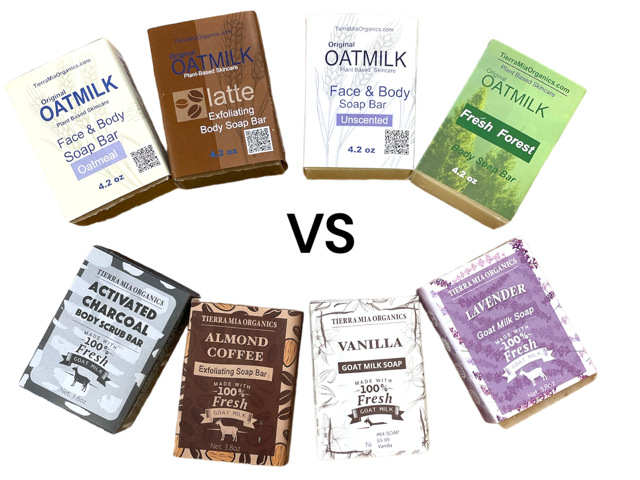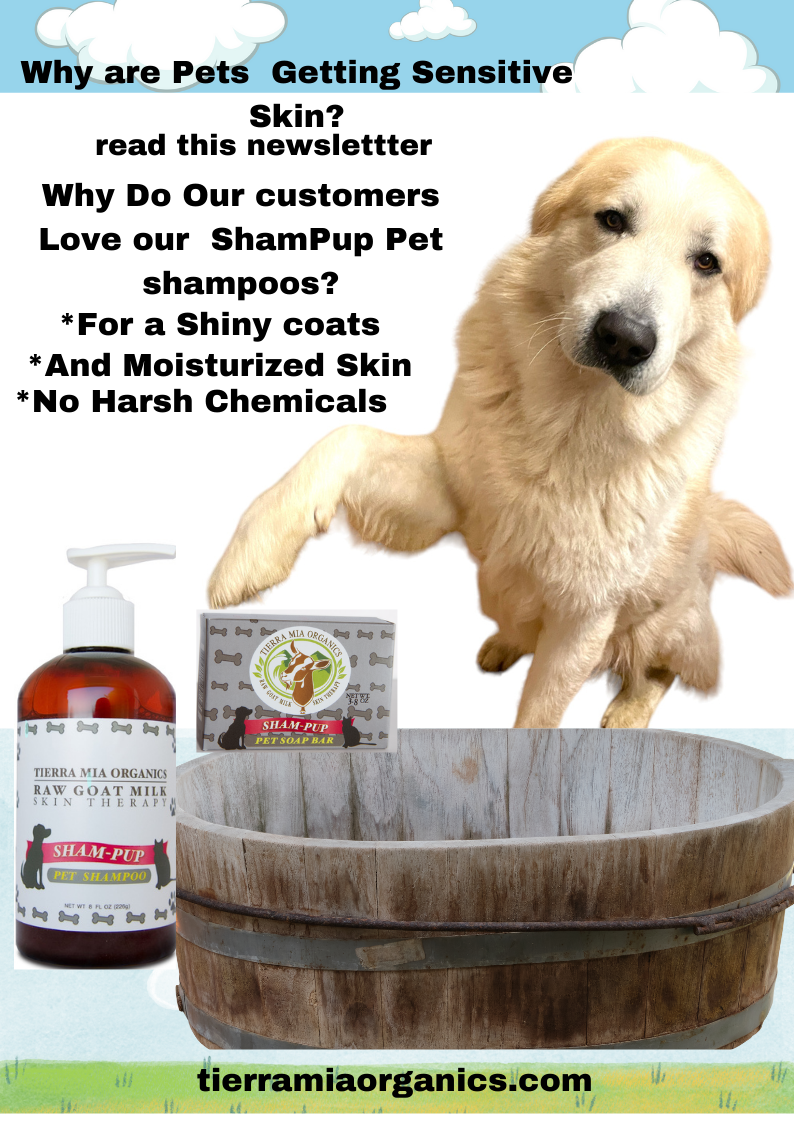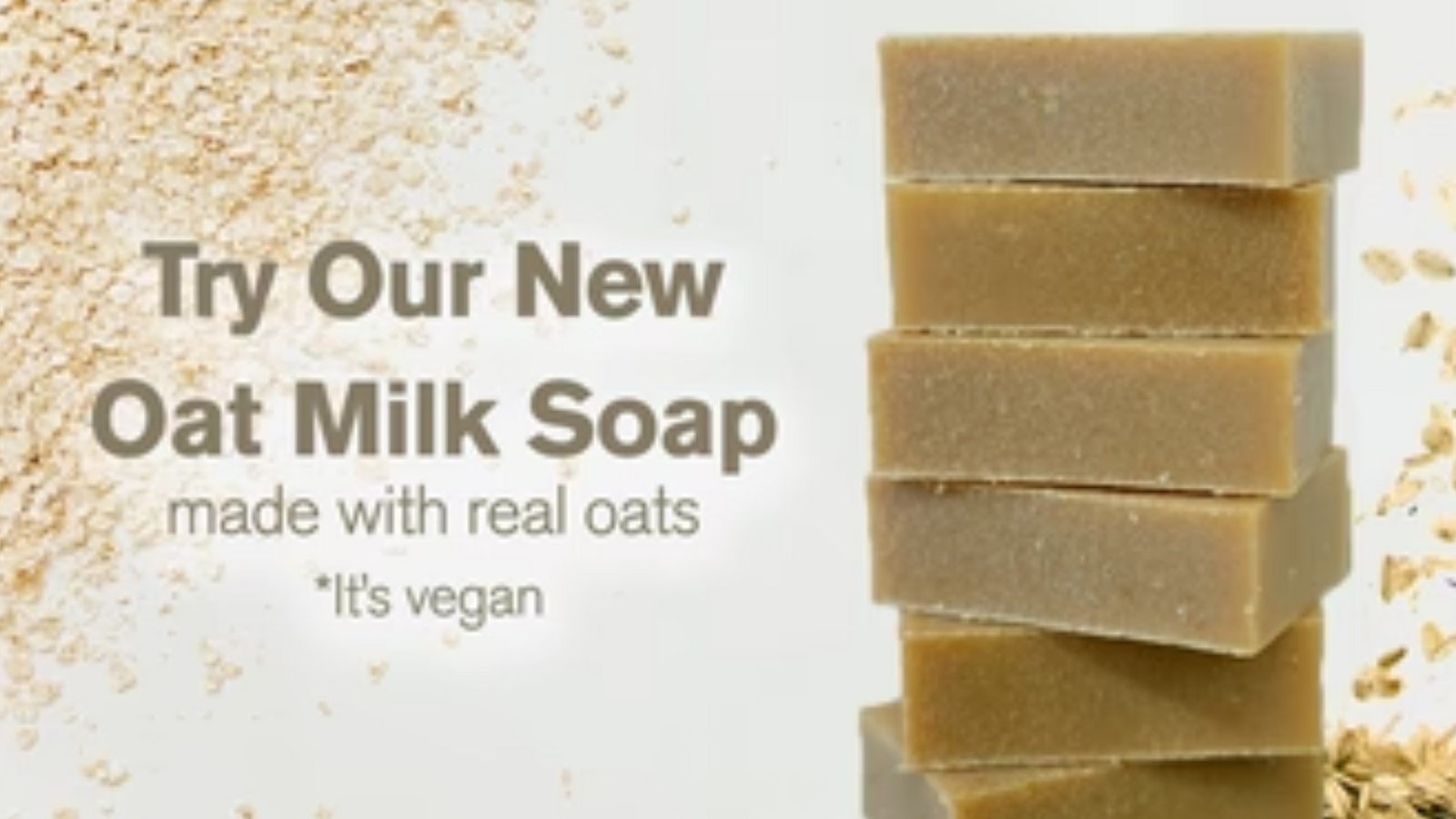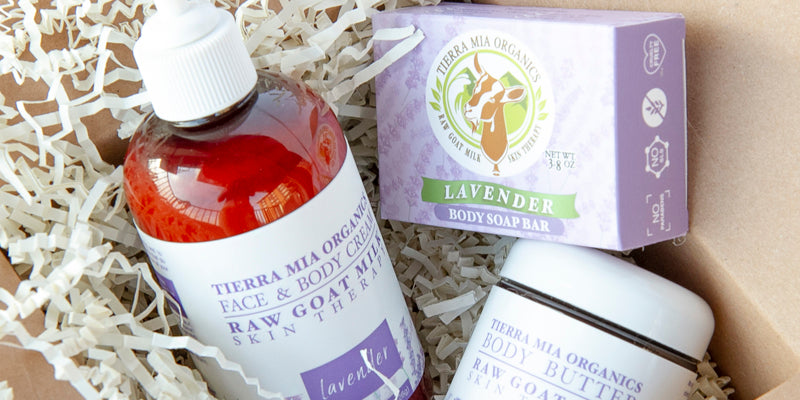The Truth about Lye
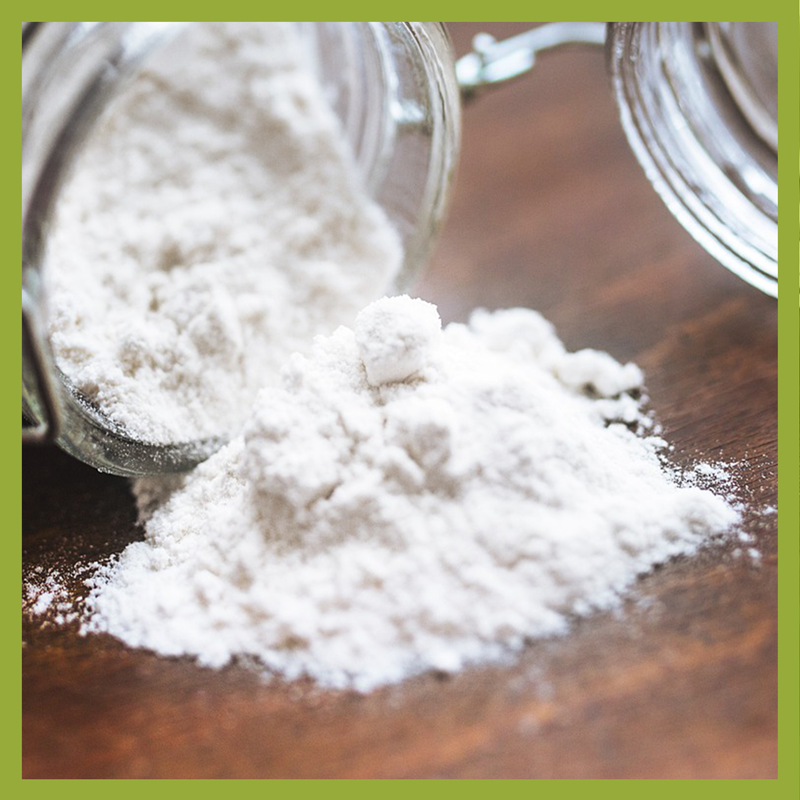
Olives, Hominy, German Pretzels, Chinese Noodles, and Soap.
A couple of times every month I am asked, “Is there lye in your soap?” … The answer is quite simple, yes and no.
Before we get to the nuts and bolts, did you know that food grade lye is used in consumable items as well? All of the food items listed above use food grade lye in their preparation process. Many people think the yellow coloring in Chinese Noodles is egg, when in fact it is the lye used in the process of cooking them.
 |
Soap being made with lye is how it has been done for centuries!
|
Lye in its’ natural state certainly needs to be treated with respect, using gloves and goggles to handle it, but once processed it no longer poses a threat to you or your family.
What is lye and what is the soap making process?
Lye, or sodium hydroxide, is a chemical made from salt. Yes, ordinary salt. In the soap making process you need a portion of lye solution and a portion of oil in order to make soap. (At Tierra Mia Organics, we also add our raw goat’s milk). Once the lye, the milk and the oil are mixed, they combine in a chemical reaction called saponification, which results in a new product - soap.
|
Saponification is a process in which the lye and oil molecules combine and chemically change into glycerin or better known as soap. There is no lye present in the finished bars of soap because of this reaction. While all real soap must be made with lye, no lye remains in our finished product after saponification.
Because of this, you won't see it listed as an ingredient in soap bars. |
|
We allow 6 weeks for the soap to cure and it is during this time the chemical reaction is complete, the lye has dissipated and the soap is ready for use.
|
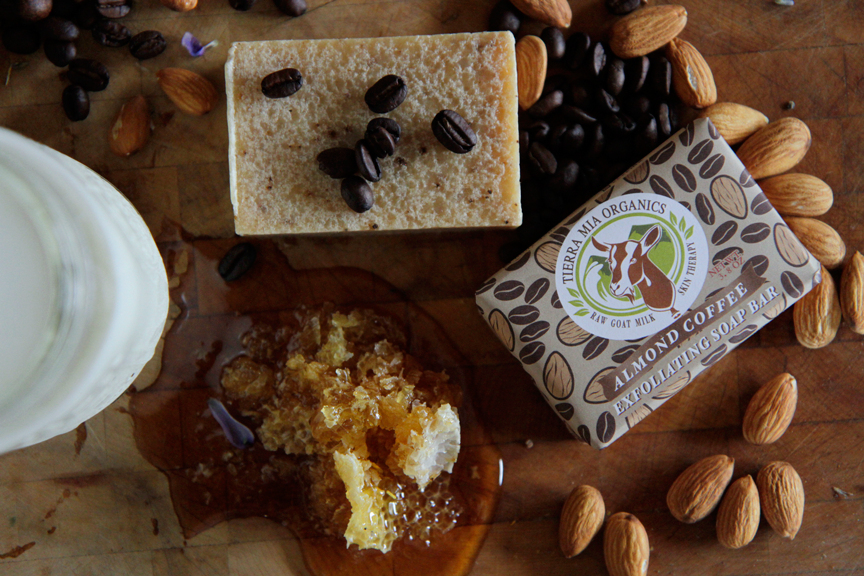
|
LYE goes by many different names
sodium hydroxid, sodium tallowate, sodium cocoate
and sodium palm kernelate
These words also imply LYE was used
saponified oils,
sodium cocoate,
sodium olivate
|
|
FACT: A little known fact is that sodium tallowate is rendered from beef.
Tallow, means render of beef fat. (we don't use tallow in any of our products) |
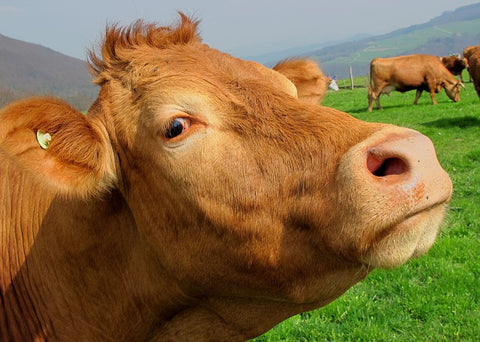 |
|
Soaps made without Lye
If soap is made without lye, then what are they using? Most of the soap available in the store today is not really soap at all, but detergents. Detergents are a petroleum-based product, like gasoline and kerosene. Detergents tend to leave your skin feeling dry, itchy and tight. Other manufacturers use sodium lauryl sulfate as it creates a lot of lather. It is most commonly found in liquid soap, but it pops up in many types of toothpaste as well. It’s also found in a number of industrial cleaning agents such as engine degreaser and industrial strength detergents. It’s also widely used as a skin irritant when testing products used to heal skin conditions, not a very comforting thought.
|
BONUS: How Soap Works!
Soap allows insoluble particles to become soluble in water, so they can then be rinsed away.
The triglyceride (fats) of a soap molecule is hydrophobic, which means that it is attracted to dirt and grime. These oils are insoluble in water, but this is just one end of the soap molecule. On the other end, is
the alkali head is which is hydrophyllic, which means that it attracts water.
The hydrophobic tail attaches itself to the dirt and the
hydrophyllic suspends the dirt in water and it is washed away when you rinse.
|
|
This Video may be for kids, but we don't care. It helps to explain how soap works!
(we didn't make this cartoon, we are just sharing this link from MocomiKids ) |
We hope this answers any questions you may have - but please email us if you would like more information!

